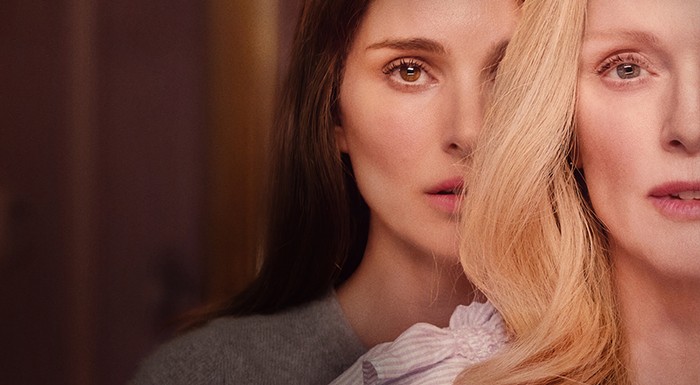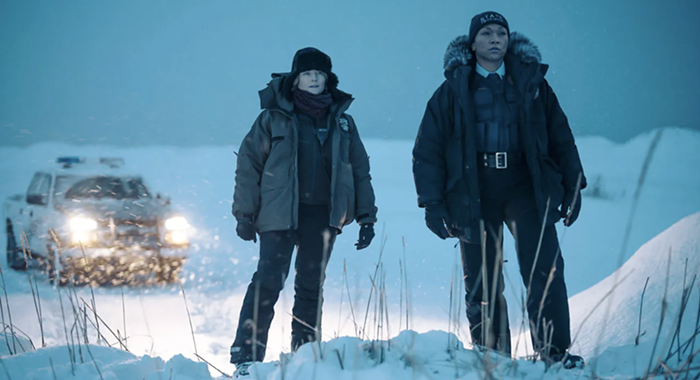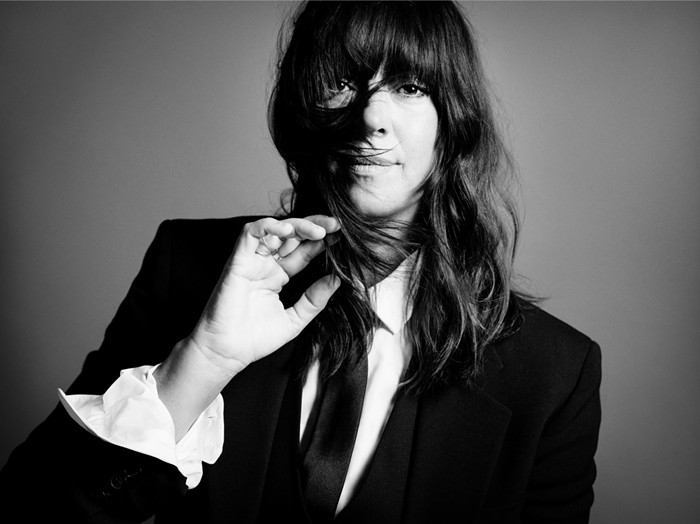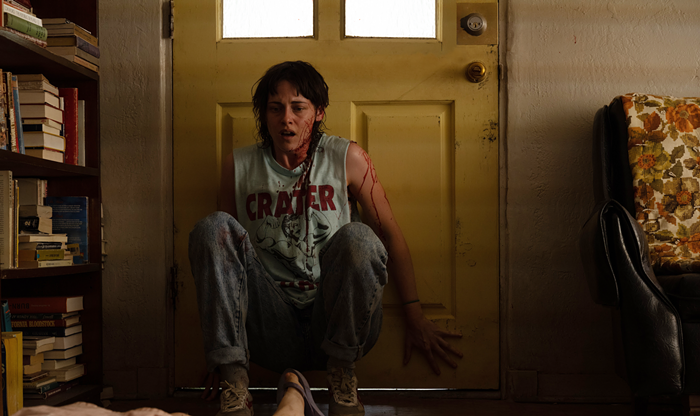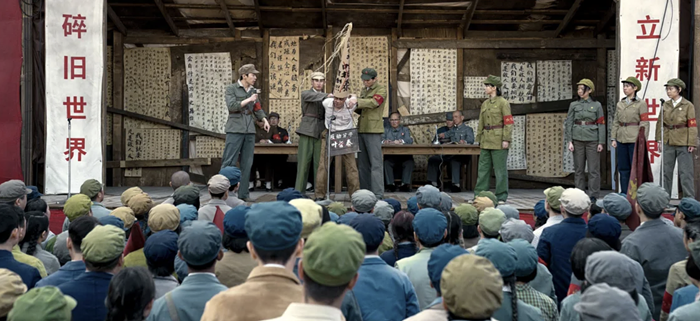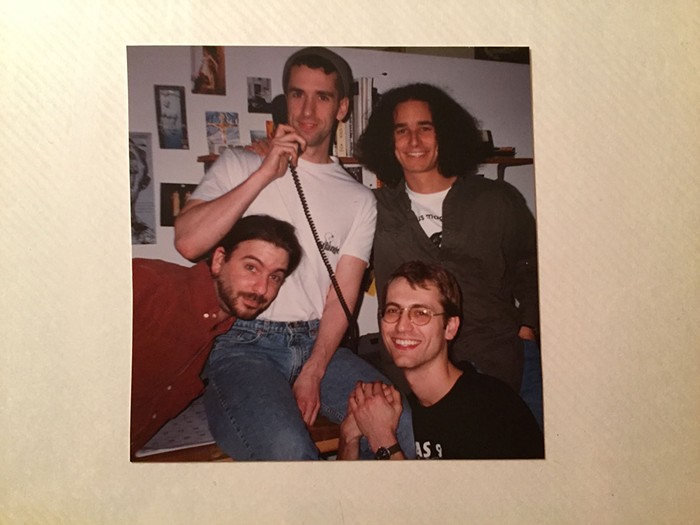In the overly broad documentary Ballerina are the beginnings of five or six separate great documentaries. For instance: a movie obsessively devoted to the legendarily expressive arms of Russian ballerinas. Just the arms. Or a movie that compares two great living primas, say, the lusty Diana Vishneva and the ethereal Uliana Lopatkina. Or an opinionated ranking of primas going back to the 19th century. Or a portrait of brand-new budding ballerinas—their little shirtless bodies (they wear only underwear) bent every which way by old men and women teachers—and the primas they idolize. Or a portrait in the middle: of the aspirers, the dancers on the verge.
Ballerina, as you can surmise from the plain nounness of the title, attempts to be all of these. It follows baby students and then five Saint Petersburg ballerinas in various stages of their careers at the Mariinski Theatre. Which means that just when you become absorbed in one story line, you're jolted into another.
Have you ever watched, for instance, Mikhail Baryshnikov dance Prodigal Son on DVD? It barely matters that you're not in the theater; dance on film can be unbelievably powerful. That's the strength of Ballerina: footage of Vishneva's La Bayadere, of Lopatkina's The Legend of Love.It's worth the price of a movie ticket.
But insights in Ballerina are slim (with the exception of the always interesting music director Valery Gergiev). In interviews, dancers talk about discipline and willpower—the ballet equivalent of the vapid postgame TV sports interview. The filmmakers seem to skip over strange moments: a young dancer's hand freezing into an arthritic fist just before curtain, a beginner crying with dread at the idea of a day off, the sociology within the corps, the sudden aging of a dancer as she walks onstage. Russian ballerinas are strange and wondrous: No dullness can be tolerated. ![]()

